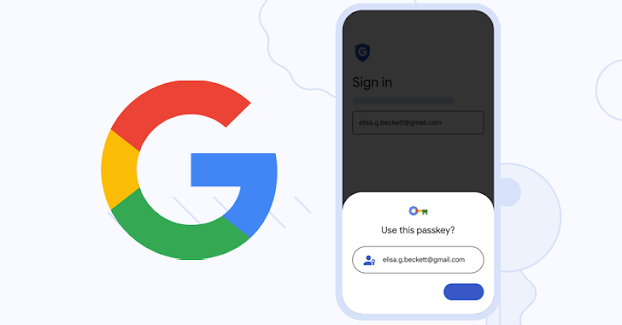Top 5 Python GUI Libraries
1. PyQt5
The
PyQt package is built around the Qt framework, which is a cross-platform
framework used for creating numerous applications for various platforms. It
also offers the QtGui and the QtDesigner module, which provide numerous visual
elements that the developer can implement with a simple drag and drop.
(https://riverbankcomputing.com/software/pyqt/intro)
2. Tkinter
Tkinter
was created to equip modern developers with a standard interface to the Tk GUI
toolkit with its Python bindings. In Tkinter’s world, most of the visual
elements that we’re familiar with are called widgets, and each of these widgets
offers a different level of customizability.
(https://wiki.python.org/moin/TkInter)

3. Kivy
Kivy is an open-source GUI
framework for building some of the most intuitive user interfaces encompassing
multi-touch applications that implement Natural User Interface (NUI). With
Kivy, interface designers can code once and deploy to multiple platforms.
(https://kivy.org/)
4. wxPython
wxPython allows
Python developers to create native user interfaces that add zero additional
overhead to the application. The cross-platform capabilities of wxPython allow
deployment to platforms like Windows, Mac OS, Linux, and Unix-based systems
with little to no modifications.
(https://www.wxpython.org/)
5. PyGUI
PyGUI
is a graphical application cross-platform framework for Unix, Macintosh and
Windows. Compared to some other GUI frameworks, PyGUI is by far the simplest
and lightweight of them all. PyGUI inserts very less code between the GUI
platform and Python application, hence the display of the application usually
displays the natural GUI of the platform.
(https://www.cosc.canterbury.ac.nz/greg.ewing/python_gui/)




Comments
Post a Comment